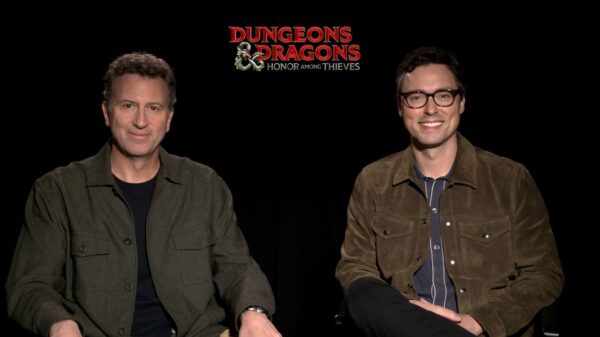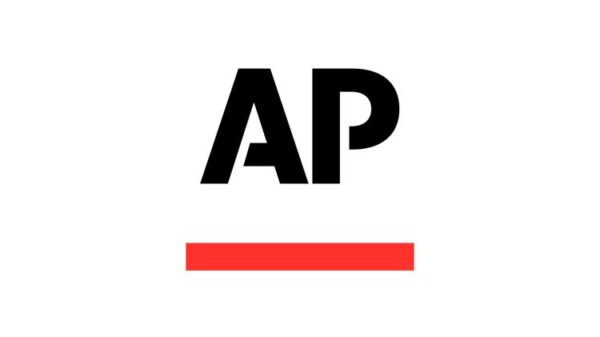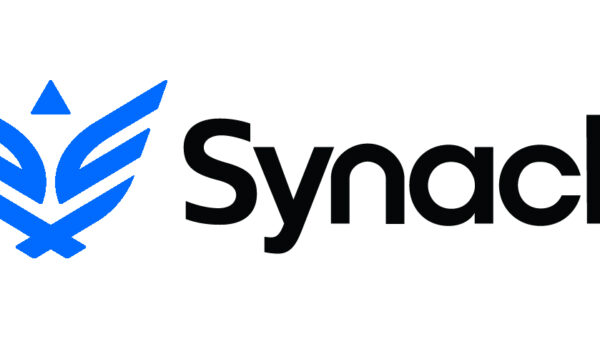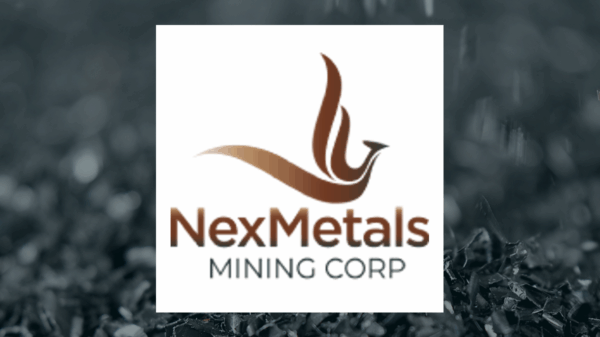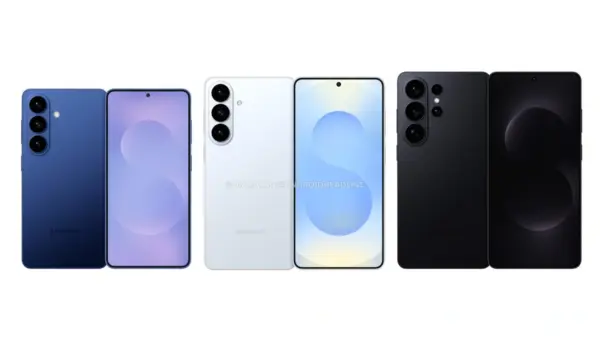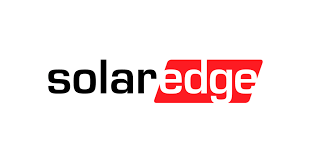Documentation plays a vital role in communication across various sectors, yet its effectiveness often hinges on the perspectives from which it is viewed. With the volume of available information steadily increasing, developing a comprehensive understanding of documentation is essential. This article explores the multifaceted approach to documentation by examining it through multiple lenses: user needs, author perspectives, organizational goals, and technological advancements.
The User Lens: Understanding Needs for Effective Communication
The user perspective is fundamental in shaping how documentation is developed and presented. Users rely on documentation to complete tasks, troubleshoot issues, or deepen their understanding of products and services. To meet these needs, documentation should be clear, concise, and relevant.
Key considerations for enhancing user experience include:
– **Clarity and Simplicity**: Documentation must use language and styles that resonate with the intended audience. For instance, while technical jargon may suit software developers, a layperson will benefit from straightforward explanations.
– **Accessibility**: It is crucial for documentation formats to accommodate diverse abilities and contexts. This includes compatibility with screen readers, offering translations for multilingual users, and ensuring mobile-friendly designs.
– **Feedback Loops**: Encouraging user feedback can help identify gaps and ambiguities, leading to improved documentation. Engaging with users allows organizations to refine their content continually.
The Author Lens: Crafting Engaging Documentation
The author’s perspective is equally important in the documentation process. Writers must balance technical accuracy, clarity, and reader engagement to create impactful content.
Essential elements for authors to consider include:
– **Target Audience**: Clearly defining the audience enables authors to tailor content effectively, enhancing engagement and comprehension.
– **Tone and Style**: The author’s voice should align with the specific brand and audience expectations. A friendly, conversational tone may suit consumer products, while formal language may be necessary for technical documentation.
– **Visual Design**: Integrating visuals such as diagrams, charts, and infographics can greatly enhance understanding and retention of information. Effective documentation should not only inform but also captivate visually.
The Organizational Lens: Aligning with Strategic Goals
From an organizational perspective, documentation serves strategic functions that extend beyond mere communication. It can significantly contribute to branding, risk management, and operational efficiency.
Key factors for organizations include:
– **Consistency**: To foster trust, documentation must align with the organization’s branding and messaging. This consistency should encompass language, visuals, and overall aesthetic.
– **Regulatory Compliance**: Many industries are subject to regulations that dictate specific documentation practices. Organizations must ensure compliance with these legal requirements to avoid potential penalties.
– **Knowledge Management**: Viewing documentation as part of a broader knowledge management strategy is essential. This includes systems for storing, retrieving, and updating content to keep it relevant and useful.
The Technological Lens: Adapting to Digital Advancements
The rise of digital technologies has transformed how documentation is created, distributed, and consumed. Adopting a technological lens is crucial to navigate this evolving landscape effectively.
Important considerations include:
– **Documentation Platforms**: Organizations can utilize various tools such as wikis, content management systems (CMS), and collaborative writing platforms. Choosing the right tools can enhance collaboration and streamline workflows.
– **Searchability and Navigation**: Effective search features and navigation aids in digital documentation allow users to quickly locate information, significantly improving user experience.
– **Analytics and Tracking**: Implementing analytics enables organizations to monitor how documentation is accessed and interacted with. This data can inform ongoing updates and improvements, creating a responsive feedback loop.
In conclusion, embracing a multifaceted approach to documentation can significantly enhance its quality and effectiveness. By considering the perspectives of users, authors, organizations, and technology, documentation can become more informative, engaging, and aligned with business objectives. As the landscape of documentation continues to evolve, this holistic approach empowers professionals to navigate an increasingly complex information environment, ultimately benefiting users and enhancing product success.




